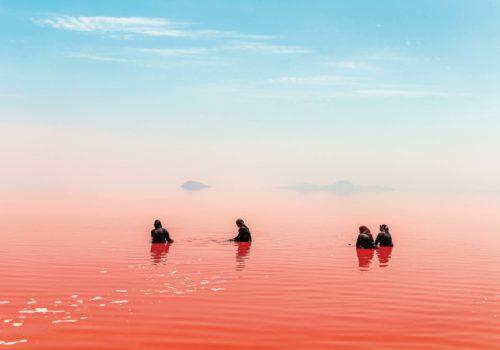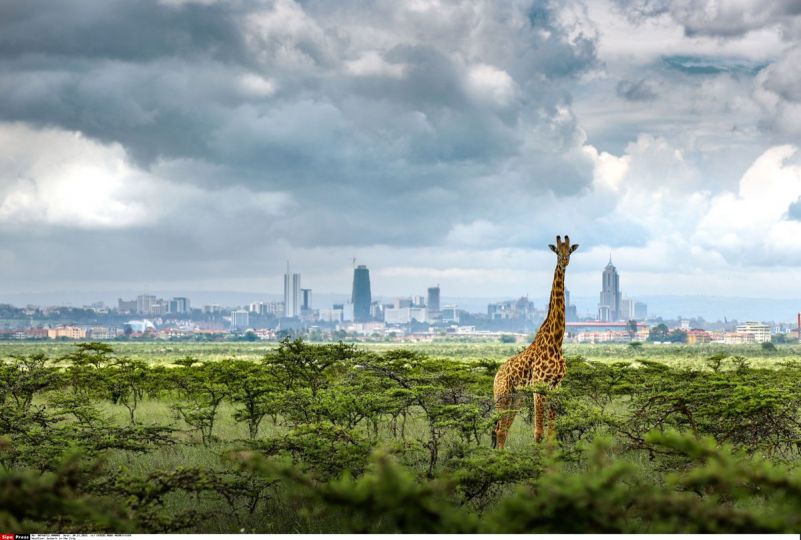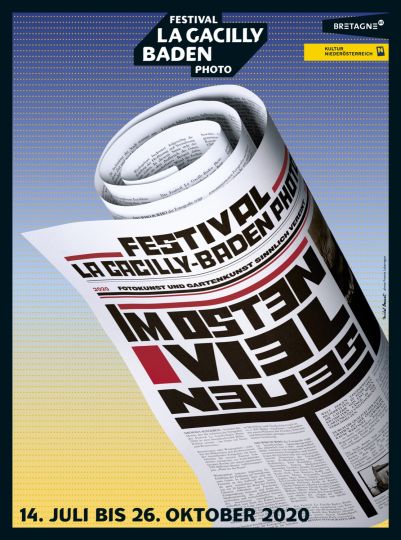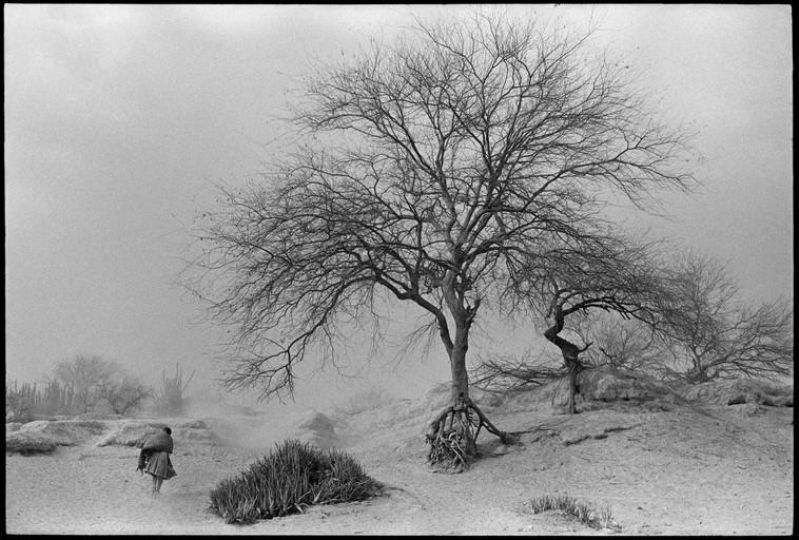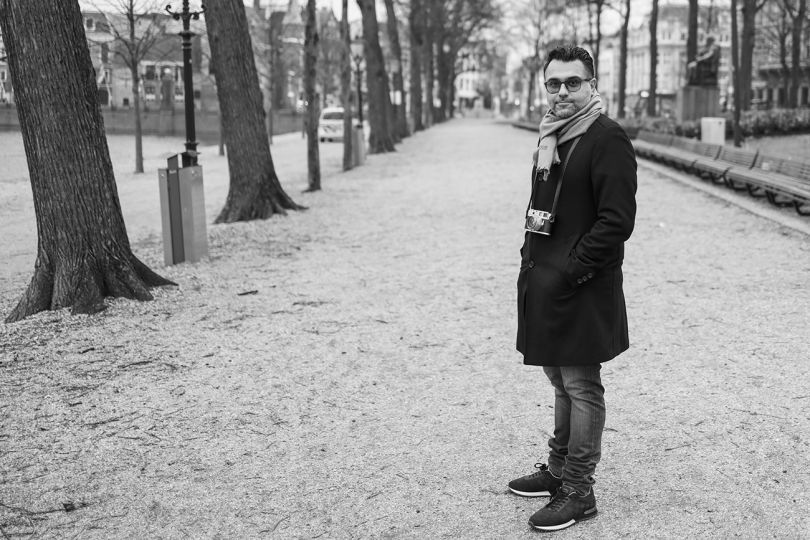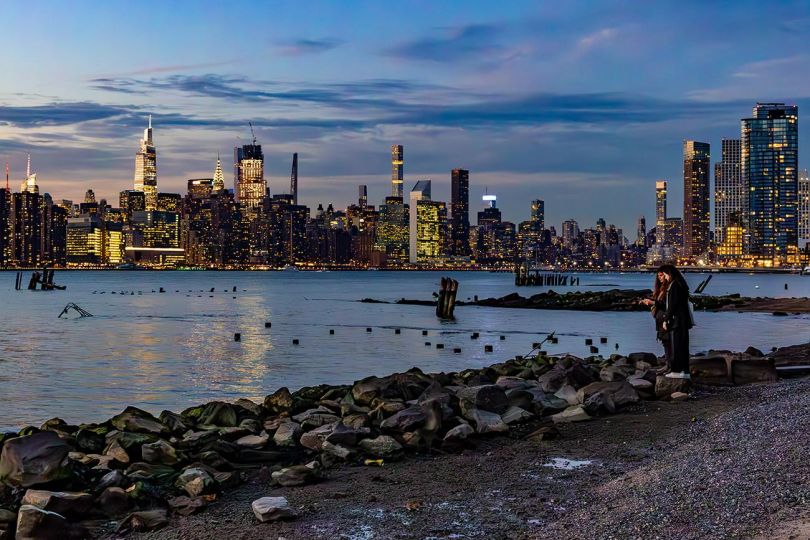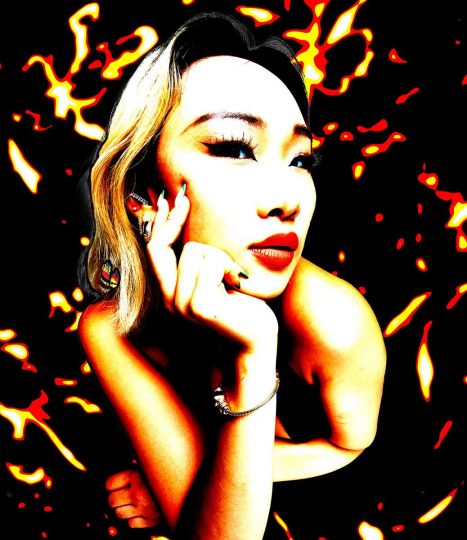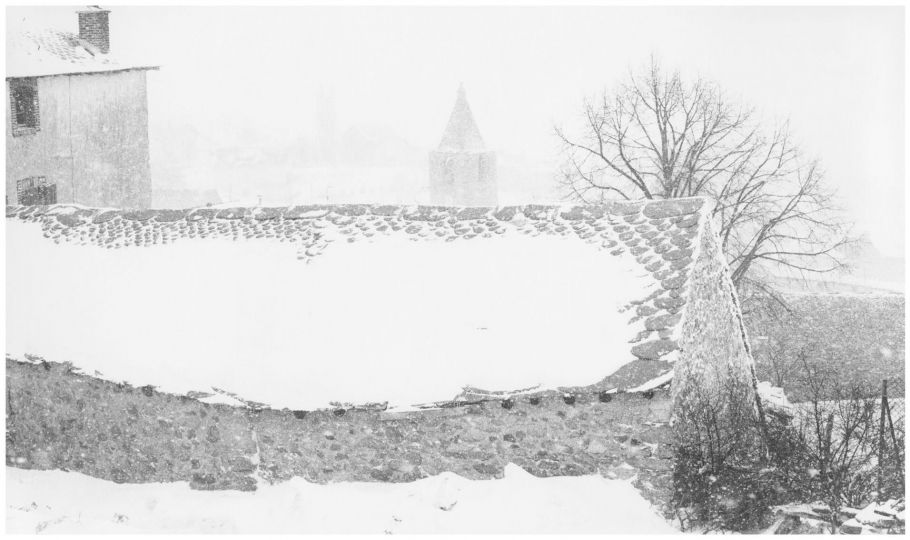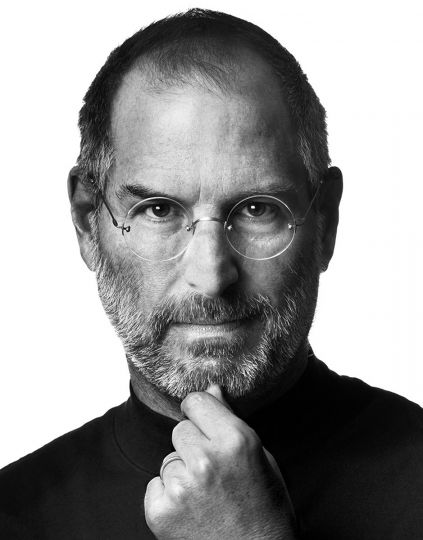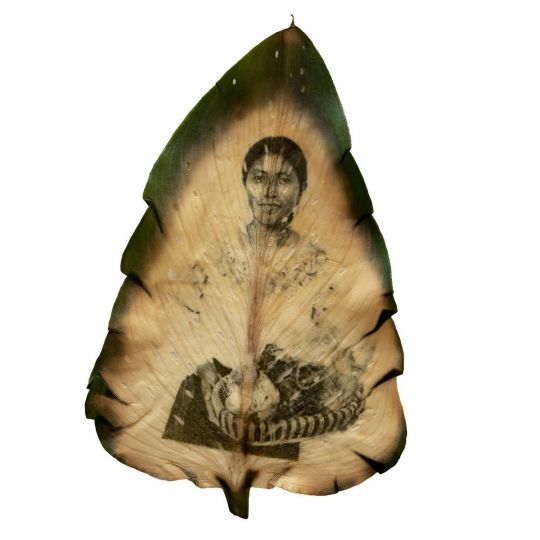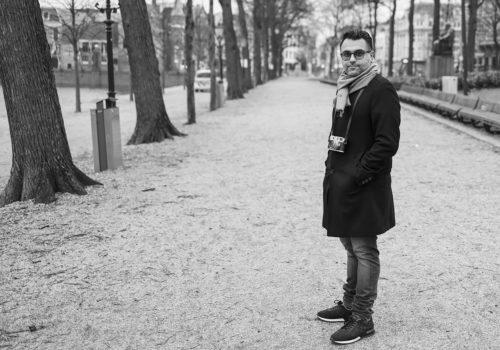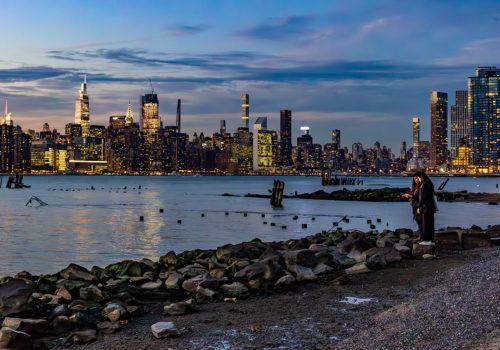The Brittany-based festival La Gacilly is entering its sixth year of collaboration with the town of Baden in Austria. On this occasion, The Eye of Photography talked with their directors, Lois and Silvia Lammerhuber in Baden about their next edition, which will open in June.
When and how did this cooperation between La Gacilly and Baden come into existence ?
LOIS : I was a friend of Jacques Rocher whom I had met in Paris. In 2017 I did a book on baobas, which was presented at La Gacilly. I thought the festival was really good and that it would be amazing to have it in Baden. I talked about it with Jacques and he came to see the town. Baden is an old-fashioned spa town, it was the summer retreat of the Habsbourg family. Jacques liked it and we decided to try it out for three years. We are now in the sixth year.

